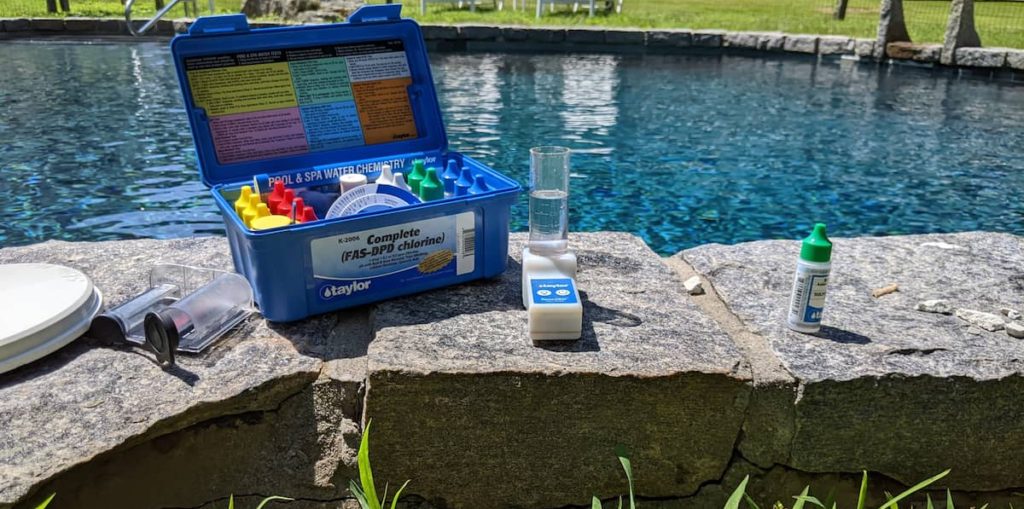Cyanuric acid, also known as stabilizer or conditioner, is a common chemical used in swimming pools to help prevent the breakdown of chlorine by sunlight. While it is a useful tool for pool maintenance, it is important to understand its purpose, how to properly use it, and the potential risks associated with its use.
What is Cyanuric Acid?
Cyanuric acid is a chemical compound that is often used in outdoor swimming pools to stabilize chlorine. Chlorine is a powerful disinfectant that kills bacteria and other harmful microorganisms in the pool water. However, it can be quickly broken down by sunlight, which is a problem for outdoor pools that are exposed to the sun.
Cyanuric acid helps to prevent this breakdown by forming a protective layer around the chlorine molecules, which slows down the process of degradation. This means that less chlorine is lost to sunlight, which helps to keep the pool water clean and healthy for swimming.
How to Use Cyanuric Acid in Pools?
Cyanuric acid is typically added to the pool water in the form of granules or tablets. The amount that you need to add will depend on the size of your pool and the level of stabilizer that you want to achieve. In general, it is recommended to maintain a cyanuric acid level of between 30 and 50 parts per million (ppm).
It is important to note that adding too much cyanuric acid can be counterproductive, as it can actually reduce the effectiveness of chlorine. This is because the protective layer around the chlorine molecules becomes too thick, which makes it more difficult for the chlorine to do its job. Therefore, it is essential to follow the manufacturer’s instructions carefully and to test the pool water regularly to ensure that the cyanuric acid level is within the recommended range.
Risks Associated with Cyanuric Acid:
While cyanuric acid is generally considered safe when used properly, there are some risks associated with its use. One of the main concerns is that high levels of cyanuric acid can make it difficult to maintain a proper balance of chlorine in the pool water. This can lead to a condition known as “chlorine lock,” where the chlorine becomes ineffective and the pool water becomes cloudy or even green.
In addition, there are some concerns that cyanuric acid may accumulate in the pool water over time, which can make it difficult to reduce the level if it becomes too high. This can be a particular problem for indoor pools or hot tubs, where the water is not regularly replaced.
Finally, it is important to note that cyanuric acid can be harmful if ingested in large quantities. This is why it is important to keep pool chemicals out of reach of children and pets, and to follow all safety instructions when handling these chemicals.
Conclusion:
Cyanuric acid is an important tool for maintaining a clean and healthy swimming pool. By stabilizing chlorine, it helps to ensure that the water remains free of harmful bacteria and other microorganisms. However, it is important to use cyanuric acid properly and to be aware of the potential risks associated with its use. By following the manufacturer’s instructions and testing the pool water regularly, you can enjoy a safe and enjoyable swimming experience all summer long.



